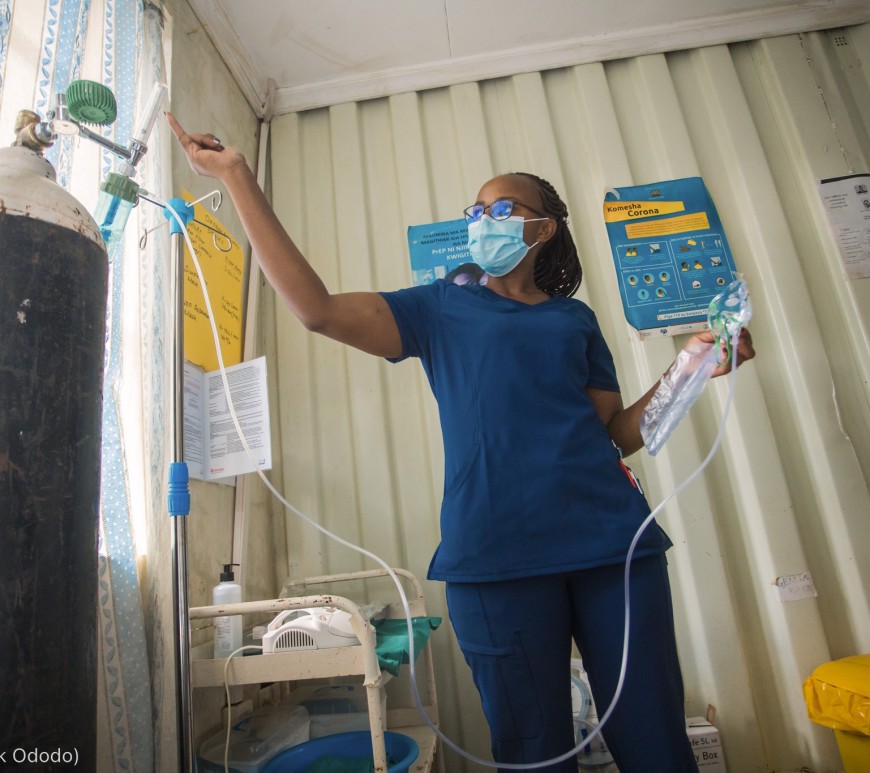I am currently in a very small North Carolina town known for a few things: its infamous ballroom that was converted into a world class event space from an old, historic cotton mill, its Gastropub, its craft beer as well as its pristine location on the Haw River about twenty minutes from Chapel Hill.

I’m here for the SwitchPoint conference that fuses a combination of music, art, microlabs and 15-minute talks on a wide variety of issues ranging from using drones in humanitarian crises to being implored to add more Africa into our timelines and not excepting the narrow narrative arc of the continent.
SwitchPoint is presented by IntraHealth International, the 35-year-old global NGO that works in innovative ways with health workers in 100 countries. SwithPoint is IntraHealth International’s flagship conference where experts, and storytellers, and doers on the ground (wherever in the world that is) convene for two days for a conversation about ways to partner, collaborate, and innovate on ideas.
After the first day at SwitchPoint I walked away knowing there are new ways to reach online and offline communities with messages that moms want to hear and share – issues that not only affect women and children here in the United States, but globally as well.
We heard from extremely talented innovators, social entrepreneurs and others who are indeed innovating on ideas that are shaping the world really as we know it. The day started with Patrick Meier, who founded the Digital Humanitarian Network. He talked about the worldwide use of drones in places like Namibia for conservation efforts and in Haiti where after Hurricane Sandy drones were used to find standing water and flooding across the island country.
Continue reading “Can Creative Innovators Drive Global Health and Humanitarian Change?”

















